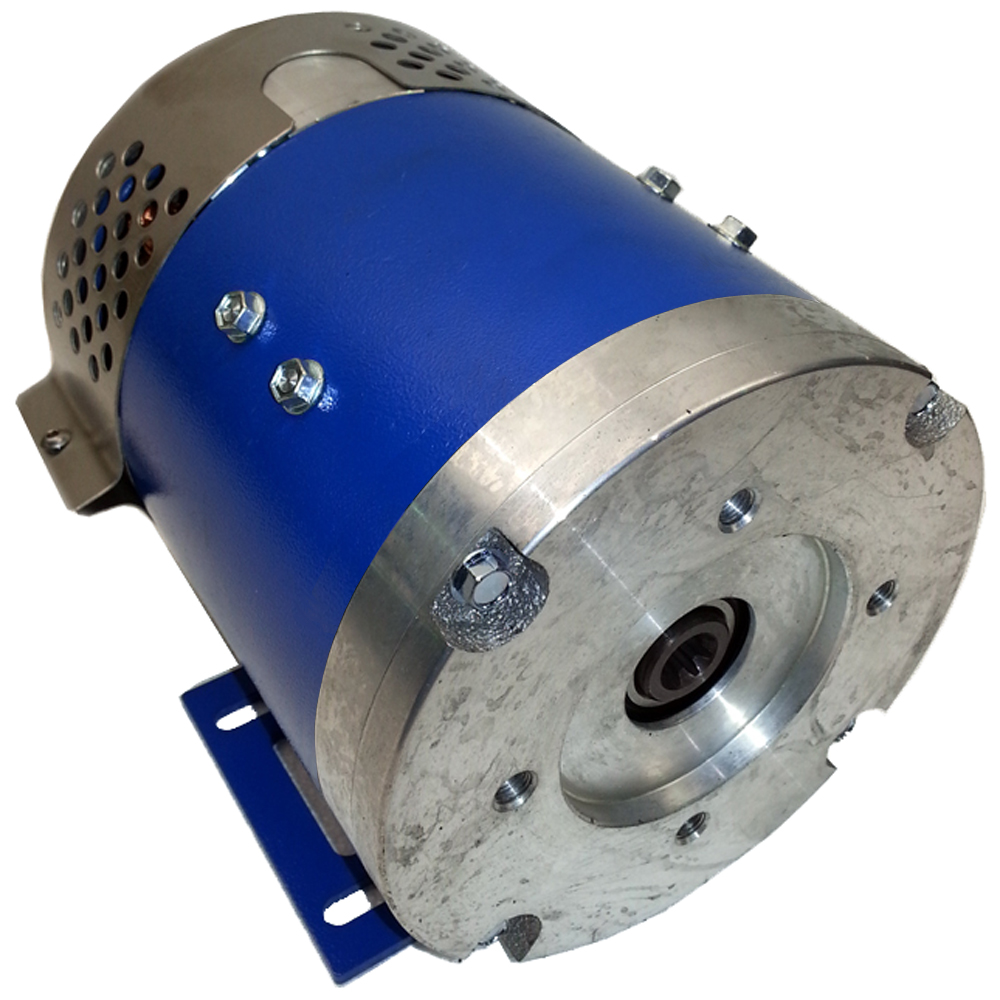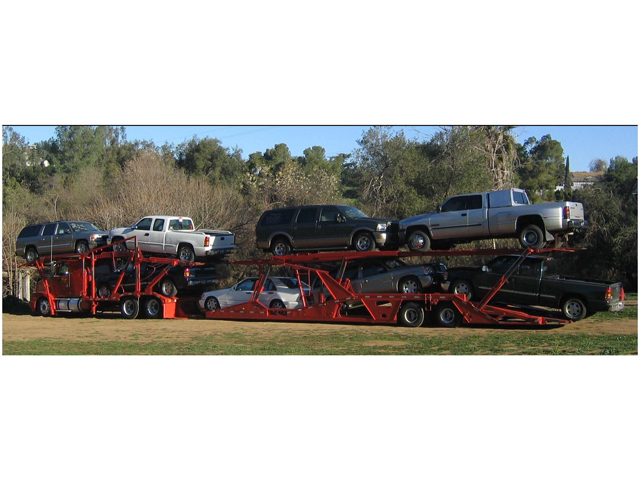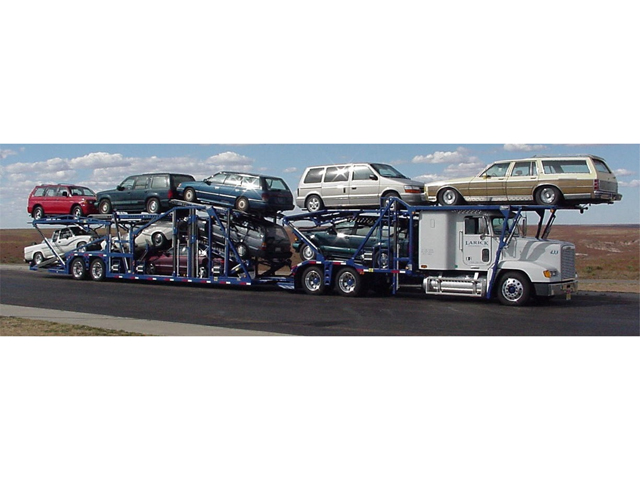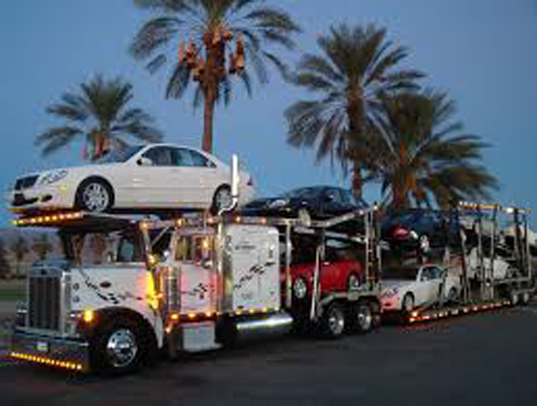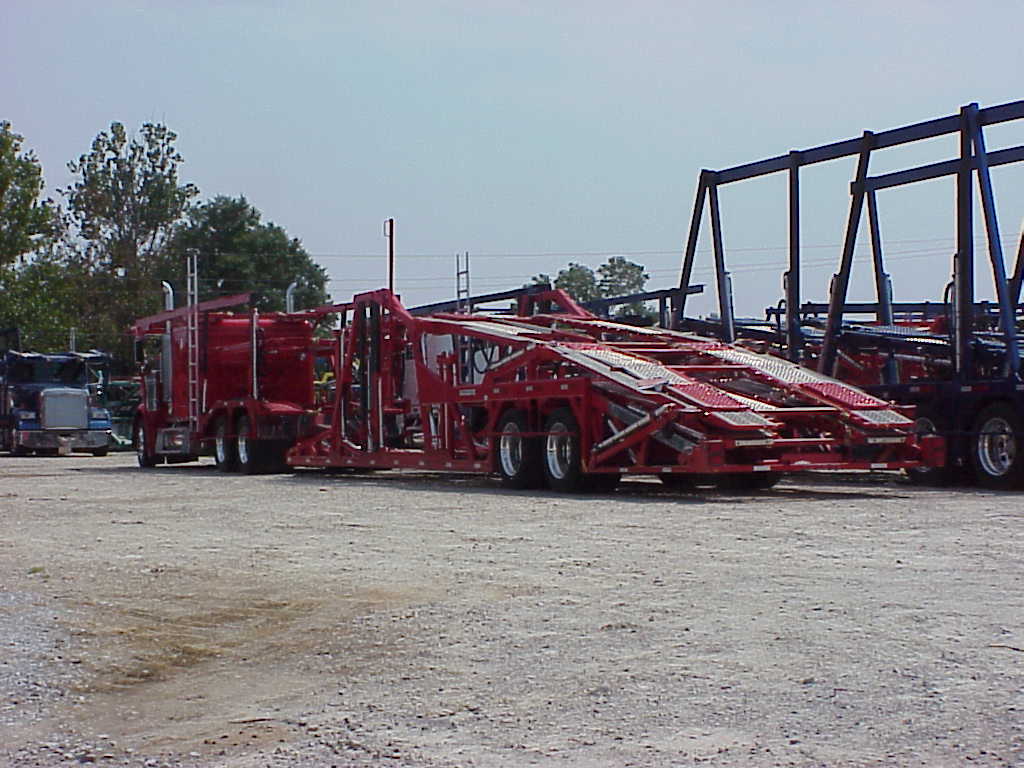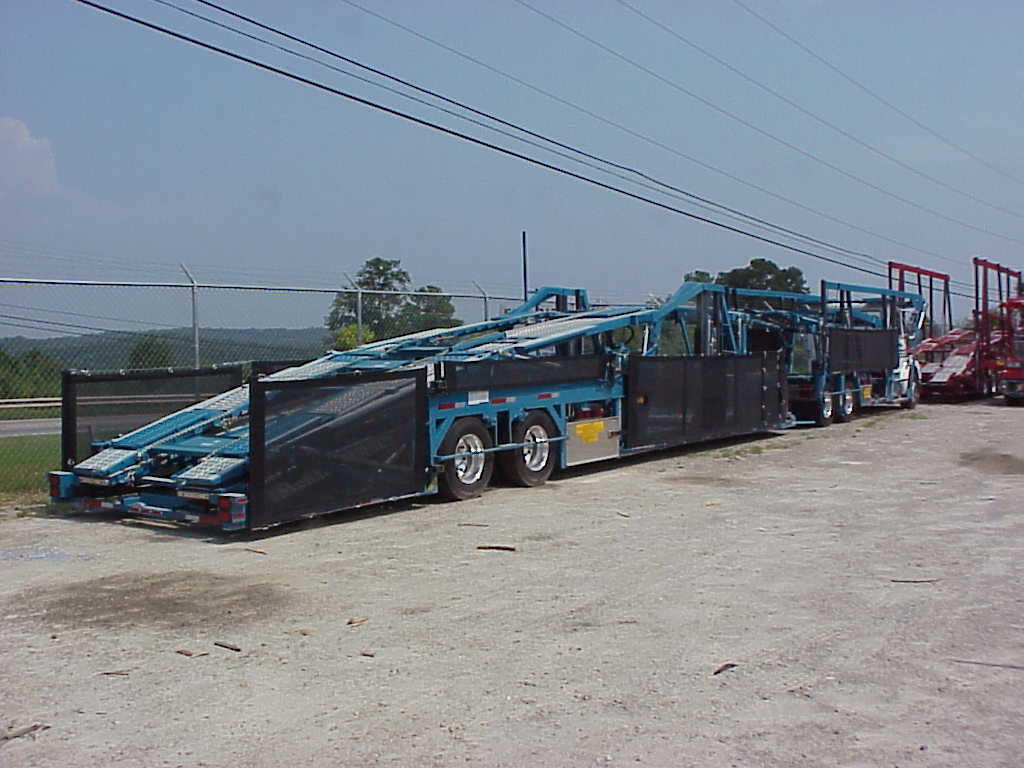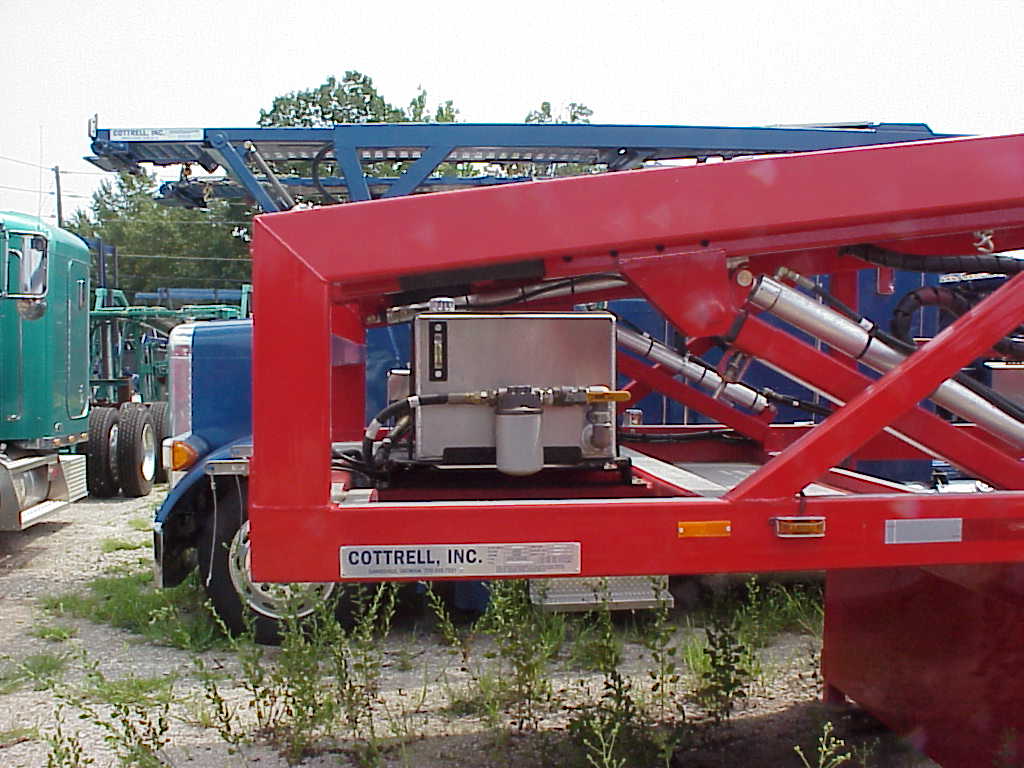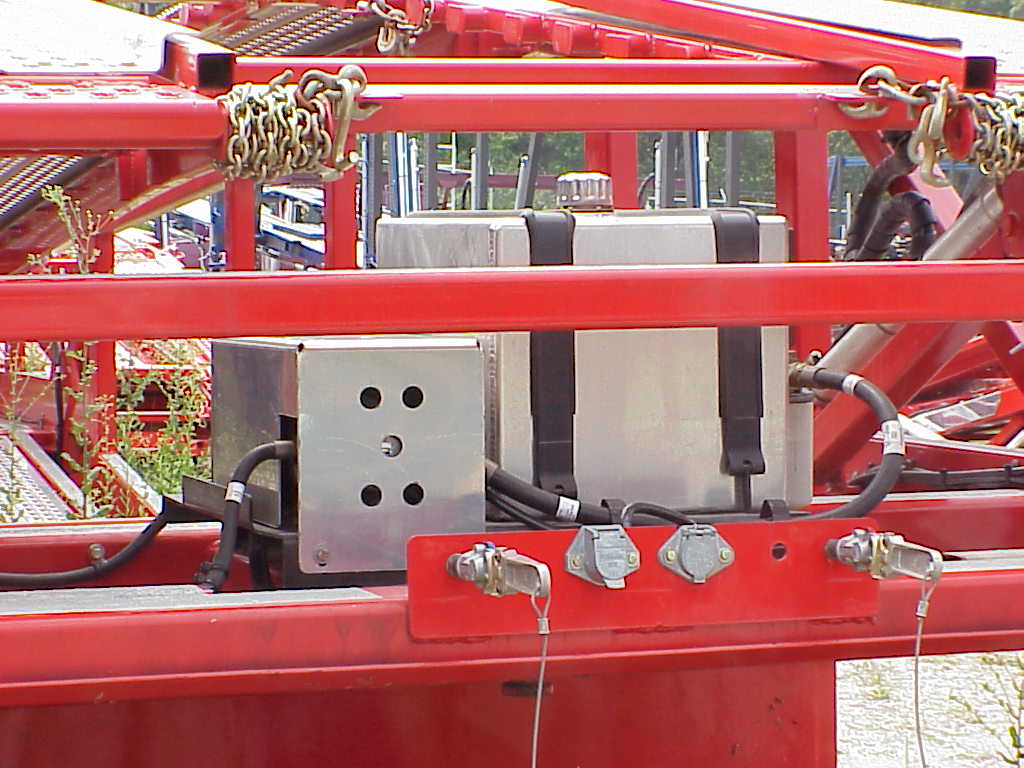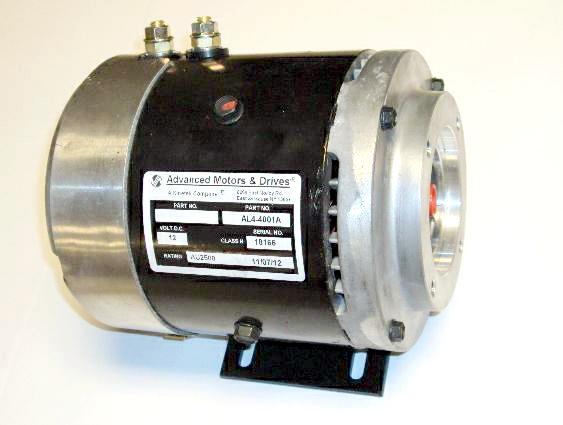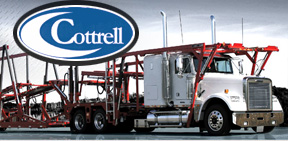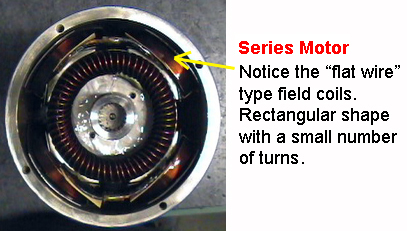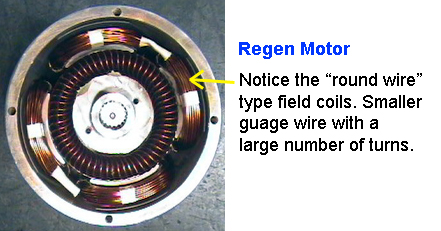Browse
Dealer
Car Hauler Parts (Electric Motors)
D&D Motor Systems is the premier autohauler electric hydraulic motor manufacturer
in the U.S. These high performance US made carhauler electric motors have been
approved and qualified by all the top automobile transport equipment vehicles
manufacturers (Cottrell parts OEM Supplier) and Car Hauler Trailer parts suppliers
(CF Bender). Guaranteed high quality and lowest cost car hauler electric motors. Our
lead times for your Cottrell replacement hydraulic electric motor will be unmatched in
the industry!
(Replaces AL4-4001A)

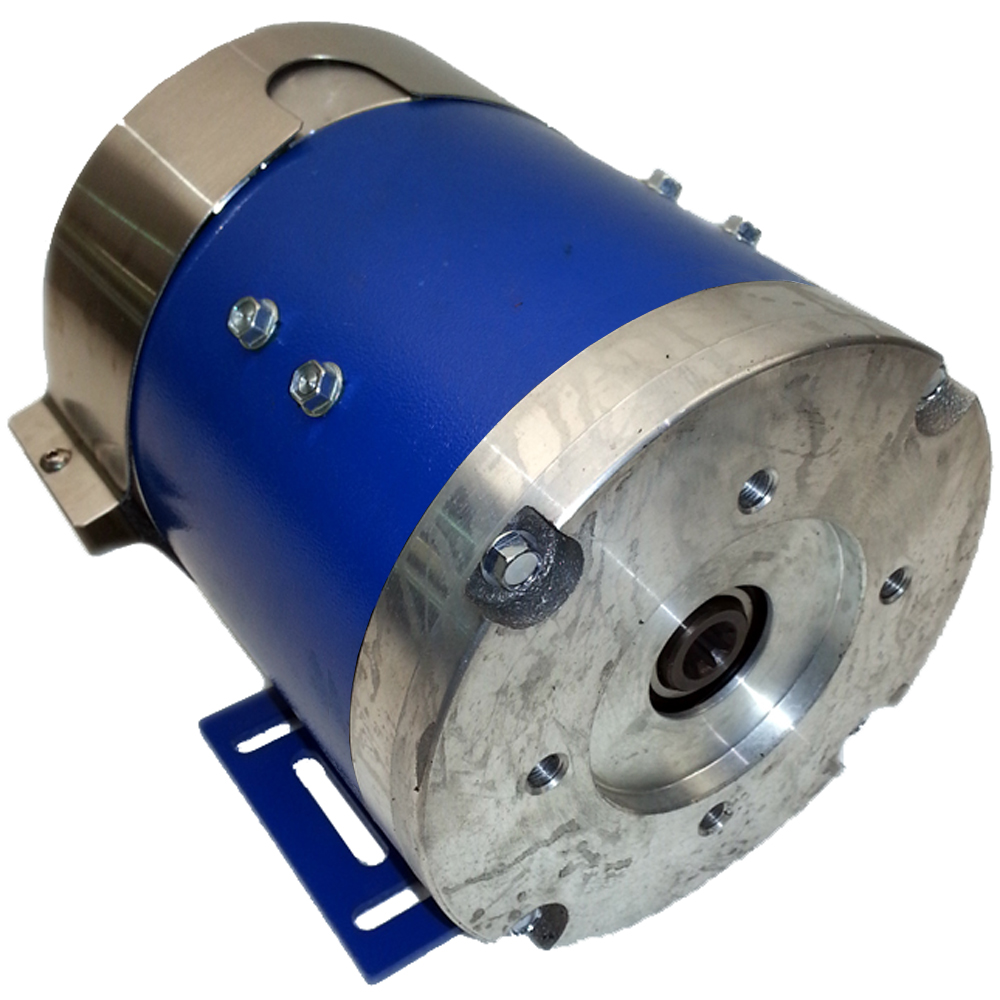
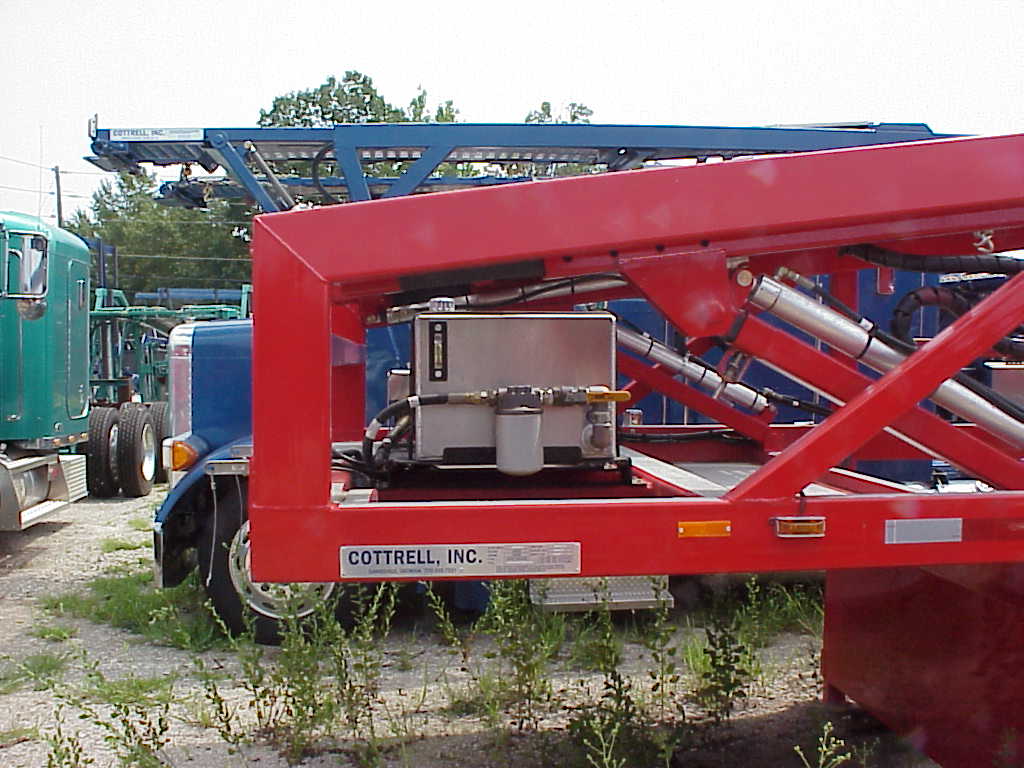
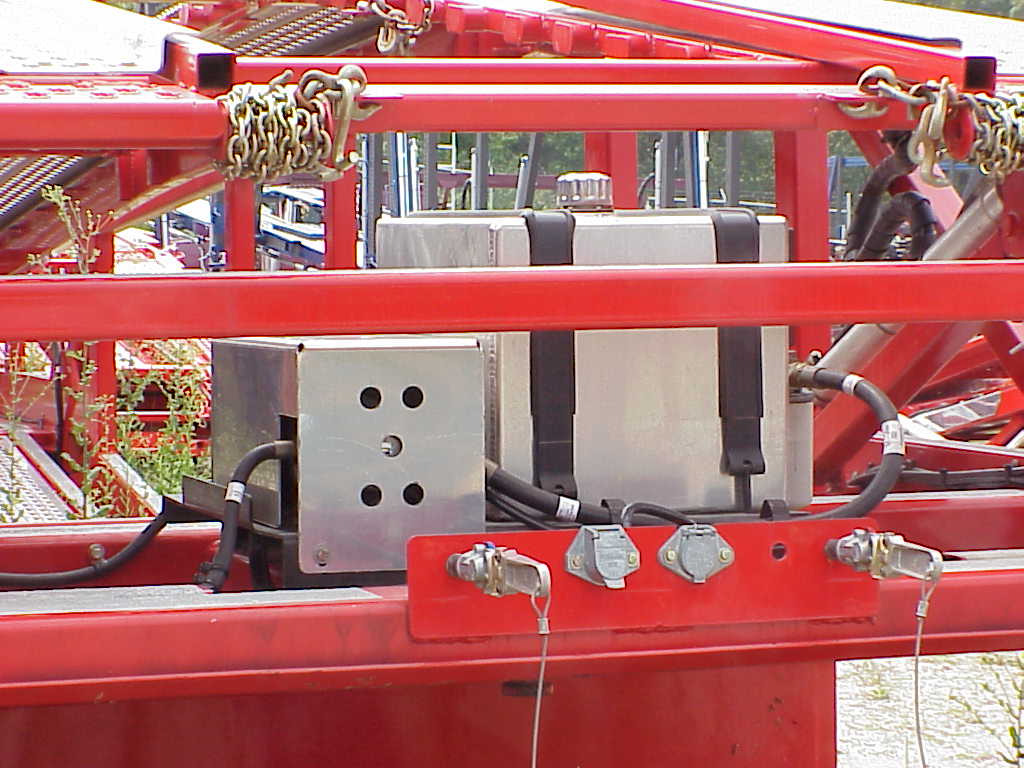
Cottrell Car Hauler Parts (Motors)
Direct Replacement OEM AutoHauler Pump motors
Enclosed Car Hauler used in outdoor applications Where motor could be exposed to the environment.
Ventilated Car Hauler Motor used where the motor IS NOT exposed to the environment. Most likely in a self contained unit Being ventilated will allow the motor to run cooler.
Motors for brands such as ...
- Cottrell
- Bankhead
- Wally-Mo
- Hide-A-Bed
- Bodystun
- Sun Valley
- Shamrock
- Stuart / Metro
- Delevan
- Peterbilt
- Orange Blossom
- Miller
- Freightliner
- Western Star
- Pleasant Valley
Custom Pump Motor Application
Do you have a different Autohauler or Hydraulic Pump Application?
Click HereElectric Pump motors, for hydraulic lift applications!

Car Hauler Hydraulic Electric Motors
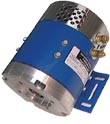
Auto Transport Equipment Electric Motors

Car Carrier Electric Pump Motors

Cottrell Hydraulic Electric Motor

Cottrell Electric Pump Motor
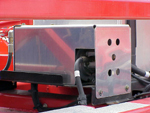
Cottrell Hydraulic Lift Motor
Autohauler Motors in the News
|
|||
| Basic Car Hauler Maintenance Questions By: Haulmark |
Filed Under: Automotive Haulers - | ||
CARE ANSWERS FOR YOUR CARHAULER TRAILER
What are the different hitch types?
Car Trailer hitches come in all sizes and shapes for a variety of applications. However, hitches are classified as either weight-carrying or weight-distributing. (Car Hauler Parts) Weight-carrying hitches (such as a bumper pull) are recommended for use when the trailer weight (including cargo) is 3,500 lbs. or less. Make sure the tow vehicle is rated by the manufacturer to accommodate that load. The tongue weight is carried directly on the rear of the tow vehicle and on the hitch. You can find your vehicle's tow rating online at campinglife.comor download a listing of tow ratings at trailerlife.com . (Car Hauler Parts) Use weight-distributing hitches for heavier loads. These hitches redistribute the tongue weight(see Trailer Terms ) throughout the frame of the tow vehicle. The result is that the trailer's weight is distributed among the trailer axles and the front and rear axles on the tow vehicle. Ask your dealer about weight distribution hitches if you intend to tow using a "bumper" type hitch or hitch receiver. Fifth wheels and goosenecks are two weight-distributing hitches used most often with pickup trucks. The weight of the trailer is carried directly over the rear axle with the hitch mounted in the truck's bed. A fifth wheel hitch is used for larger trailers and is a small version of the type of hitch used on semi trucks. A gooseneck coupler attaches to a tow ball that usually is mounted in the bed of a pickup truck. Underneath the bed are support rails that are bolted or welded into place. (Car Hauler Parts) A frame-mounted hitch is one where the hitch is attached to the frame of the tow vehicle. This gives more stability to a bumper pull type of hitch. Before every trip, check the tow ball and coupler car hauler parts to ensure they are the same size and that all bolts are securely tightened. Also, make sure the latching mechanism is locked in place. MSD |
|||
|
|||
| Encouraging economic signs for car haulers By: Posted by St. Eve |
Filed Under: Automotive Haulers - | ||
Encouraging economic signs for car haulers and car hauler parts Wallenius Wilhelmsen just ordered up two brand new Post Panamax ships. These are specially designed ocean-going ships for RORO freight (roll on; roll off) "Although the car hauler parts carrying market at the moment might be somewhat weaker than we would like, we believe that the long term underlying growth potential for deep sea transportation of cars and high and heavy equipment is strong and positive," says Jan Eyvin Wang, president and CEO in WWASA. "We are therefore pleased to have come to an agreement with HHI to build two state of the art Post Panamax car carriers. The agreement also includes an option to build another two vessels." Source. (Highlight mine.) I consider this especially encouraging, because these ships won't even be delivered until 2014 and 2015. If a big company like this is willing to make this kind of long-term capital investment in such an asset, they must feel that future demand in 2014, 2015 and beyond... will support it. According a article posted by the BBC on May 1st, 2013to the BBC, US auto manufacturers' sales are at six year highs. Chrysler: up 11%; Ford, 18%; GM 23%. One would hope that the increased sales and consequent increased hours at assembly plants and suppliers would create a virtuous circle in which the employment numbers could continue to improve. What does it mean for car haulers and car hauler parts (AL4-4001A)in North America? Well, if you're making money now, you're probably going to continue making money. If you can convince the bank to underwrite the loan, you'll probably make more money with a new or refurbished truck with car hauler parts. Less downtime and shop bills, am I right? "If you convince the bank to underwrite the loan." A big if. Seems like many banks are still frozen in that 2008 "Lehman Moment". The big banks are like so many deer caught in the headlights, uncertain what to do. One of my customers recently switched his business to a local credit union and got much better rates and service. So in conclusion, if you think you're going to grow... be prepared to think outside the box as it relates to asset purchases. If the fundamentals are there, it's probably worth doing... if you can find the money for a truck loan. (car hauler trailer parts) MSD |
|||

